The new Porsche 911 has lived up to its star billing… so far
The best just got better – but by how much? We pitch the new Porsche 911 against two unflinching opponents at either end of the sports car spectrum to find out
My, my, the Lotus Evora has changed. The latest version of this now decade-old sports car (there is only one Evora derivative on sale at the moment) is the GT410 Sport – and it’s feisty.
It’s got one of those motorway rides. You know the type: with that collusive, delicious high-speed fidget that can only be made by a short, firm coil spring working in tandem with an expensive, belligerent Bilstein damper – and which gently insists you divert immediately from your intended errand-to-wherever to some proper driving roads. It has a supercharged V6 powertrain that demands you time your manual gearchanges well, with the proper footwork, and that picks up from 4500rpm with raw, unfiltered ferocity. It steers with the weight and feel – and kickback – of a competition racer. It really grips – once the Cup tyres are switched on.
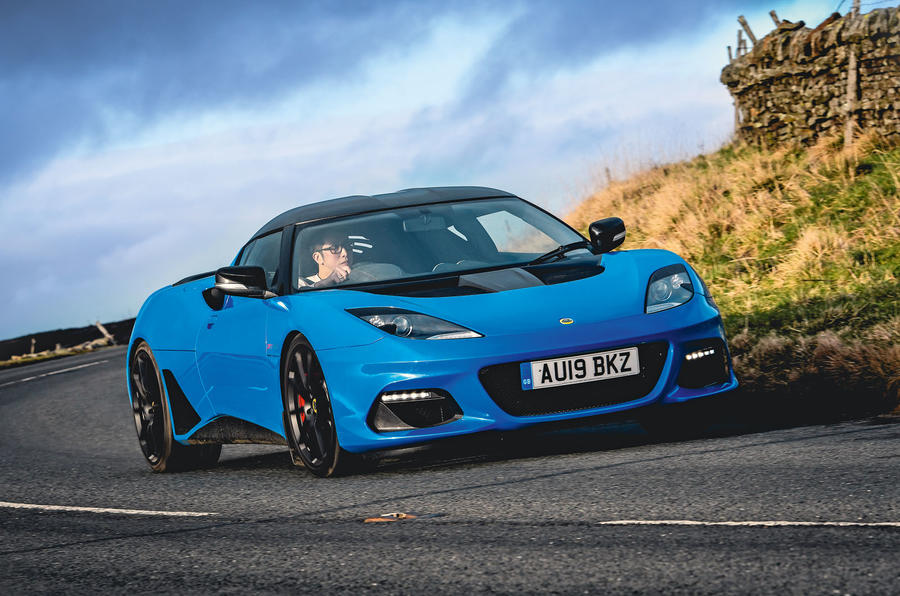
Lordy, this car has put on some muscle. In many ways, it could even compare to a Porsche 911 GT3: for immersive control feedback, track-ready purpose and potential for driver reward.
And that means it ought to be a pretty stern test for the latest, all-new ‘992’-generation Carrera 4S, right? If only the sports car market was so easy to make sense of. Compared with both Evoras I remember driving three, five and nearly 10 years ago now, and with the latest Porsche 911 Carrera, however, the GT410 Sport is certainly different. And difference is your best friend when the opportunity presents to lay a challenge for a car as complete and accomplished as the new 992. Difference is what you need to crack open the lid on this new Porsche’s character and make-up – to find out what it’s gained and given up, how it’s developed and diverged.
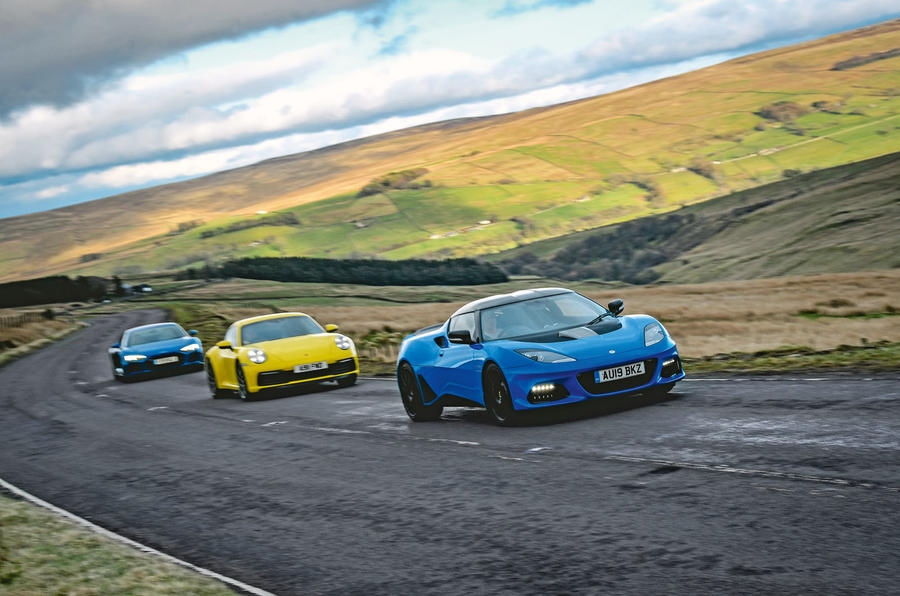
We could have looked for less difference among the line-up for this group test – and, for a while, we did. To tell you the truth, the Jaguar F-Type R was indisposed on the dates of our Porsche 911 welcoming party, and the Aston Martin Vantage was washing its hair. I understand the reticence. A ‘991’ Carrera GTS gave the current Vantage a thorough dusting in a group test I wrote only last year, as well as a McLaren 540C. And the differences between that GTS’s partly optional mechanical specification (Carrera 4 ‘widebody’, 444bhp 3.0-litre turbo flat six, lowered PASM suspension, PTV active rear diff, four-wheel steering) and the one about which you’re about to read? Well, you might say they’re incremental.
So the decision was partly made for us. But however it happened, it became clear that picking starkly different opponents for the 992 might be our best route towards learning something meaningful about the new Porsche. If this is the latest version of the sports car that changed the landscape of its segment, decades ago, with its sheer breadth of dynamic talents and its unmatched usability, why not test the outer limits of its range rather than pounding away pointlessly at its He-Man-like core?
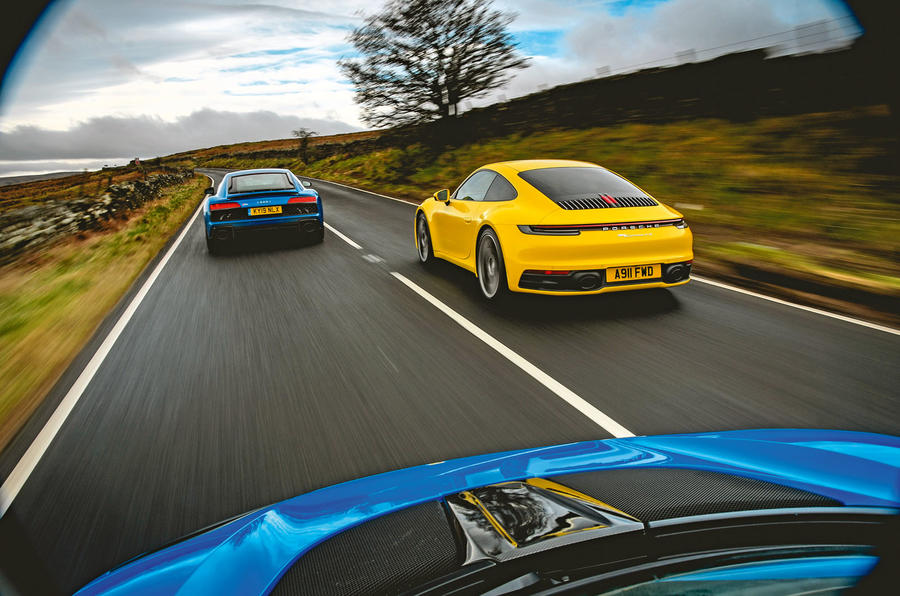
Why not give it a really uncompromising, irresistibly simple driver’s car to measure up with on poise, agility, grip, engagement, excitement and reward, I thought; and also a really desirable, exotic, expensively engineered heavyweight German to contend with on material class, usability and everyday ownership appeal? Enter the Lotus Evora GT410 Sport and facelifted Audi R8 V10.
Before we get cracking, a quick review of what’s new and different about this Porsche for those in need of one. There’s quite a lot: more aluminium-intensive construction, a longer front overhang, wider wings and axle tracks (the old Carrera 2 narrow body, which wouldn’t have featured on a Carrera 4S anyway, has been discontinued), mixed-width wheels, retuned suspension, new dampers, quicker steering, electro-mechanically assisted brakes, new stiffer engine mountings, bigger new engine induction and fuel injection systems… the list goes on.
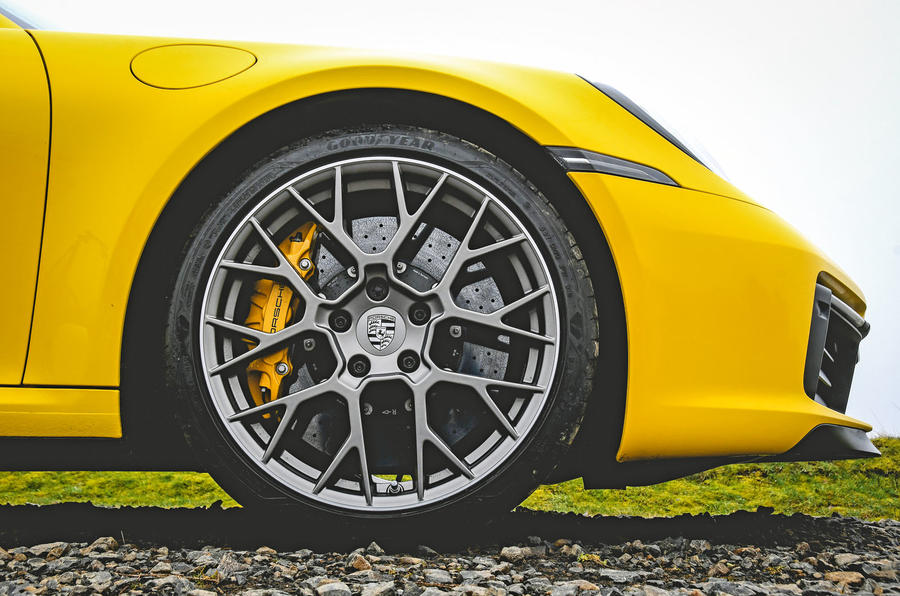
If you want one any time soon, you can only have a 444bhp Carrera S with an eight-speed twin-clutch automatic gearbox, but you can choose between rear-wheel drive and four-wheel drive (the latter works via a new hang-on clutch, incidentally), or between fixed-roof coupé and convertible bodystyles. You get a torque vectoring electronic rear differential lock and PASM adaptive dampers as standard; lowered suspension’s an option. And, because this is 2019, even for million-selling, 56-year-old iconic sports cars, you can add four-wheel steering, active anti-roll bars or carbon-ceramic brakes at extra cost, should you want to (our Carrera 4S test car had all three, plus PASM Sport springs).
It’s a mechanical recipe that the Audi R8 struggles to better in some ways, in spite of its higher price tag, more exotic spaceframe construction and behemoth Hungarian-built atmo V10. Weighing 1660kg at the kerb, the Audi’s nearly 100kg heavier than the Porsche; and while it beats it comfortably for power-to-weight ratio, it narrowly loses out to its compatriot on torque-to-weight ratio. The Audi matches the Porsche for driven wheels, but not for the latest steering and suspension technologies. The Lotus, meanwhile, with its aluminium tub and rear-drive layout, is more than 200kg lighter even than the Porsche, and has a roofline that sits almost 100mm nearer the road. It does not have active anti-roll bars or four-wheel steering – but with physical stats like that, would you say it needed them? Nope, me neither; particularly not after driving one. See: told you they were different.
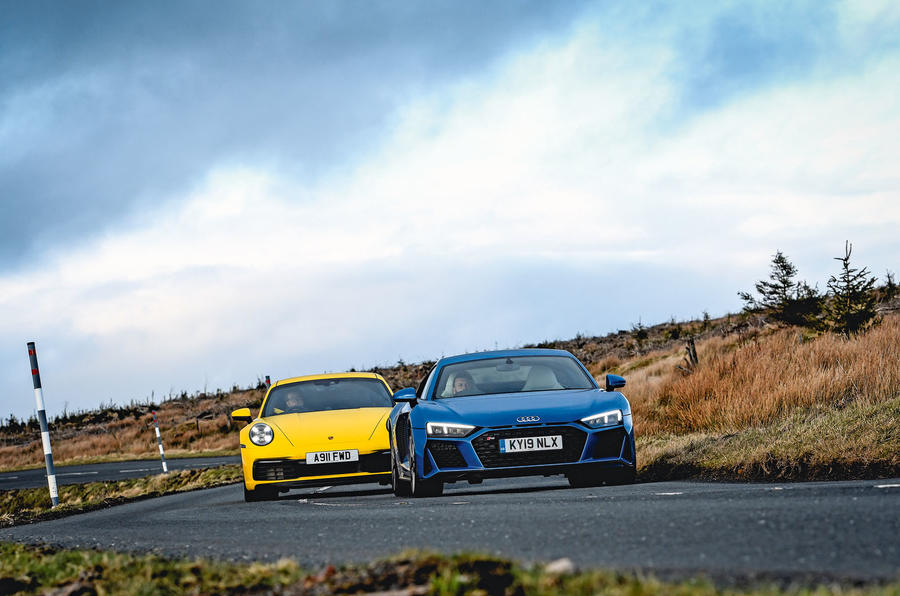
You don’t expect the Porsche to put up much of a fight to the Audi on static appeal – material richness, on-board technology and the like – because traditionally 911s have kept things pretty simple and functional on the inside, and been all the more likeable for it. And that will probably be true right until the moment you slide aboard the 992 and begin to process the significant strides that it has made on interior design and perceived quality.
The car’s cabin ambience is a lot more upmarket than that of the 991. The fascia looks crisp and sculptural now, with wide, wing-like surfaces up ahead of you and a smart-looking centre stack console just above the transmission tunnel. Metallic trim and gloss-black finishes are used judiciously and well, while the car’s primary switchgear feels really solid and expensive, the best of it having a tactile knurled metallic finish. The driving position is excellent: low and snug but accommodating and perfectly supported. And the way analogue and digital technologies are blended for instrumentation and infotainment is really expert. You still get an analogue rev counter, front and centre in the driver’s binnacle, but the digital screens on both of its flanks are hugely configurable. And while the car’s PCM central infotainment screen has now grown to a landscape-oriented 10.9in size, it fits into the fascia surprisingly discreetly; it’s shaded by the upper dashboard so not prone to reflections; and it can be navigated by either touchscreen or rotary dial input.
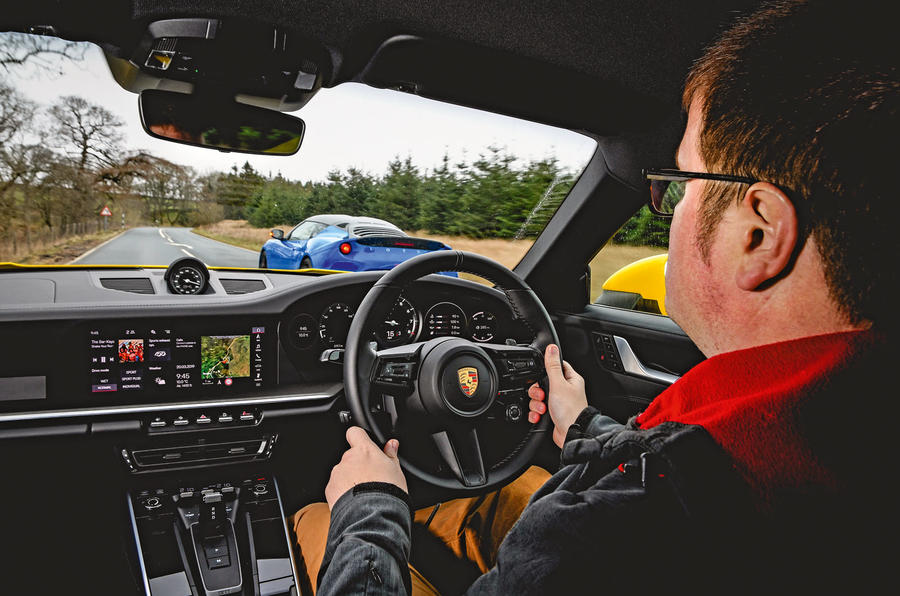
The 992’s is the interior of a very modern and decidedly luxurious sports car, then – and it dominates even the Audi’s in so many ways. The R8’s has more leather and satin chrome within it, but it doesn’t seat you as comfortably or surround you with as much usable space; it doesn’t give you such good all-round visibility; it doesn’t feel quite as solid or expensively made; and, while Audi’s Virtual Cockpit instruments are adaptable and clear, it isn’t so good at giving you just the right information in just the right place.
A narrower-feeling on-the-road vehicle footprint and equally good touring comfort means the 992 passes the first phase of our test pretty easily. It’s a nicer car to spend time in than the R8, and it would be quite a lot easier to use.
So what about our second test phase: driver appeal? This is a tough one. Every bit as tough a call, in fact, as I’d desperately hoped it would be when phoning up the man from Hethel and inviting disappointment by expecting a 10-year-old Lotus to be able to show a brand-new Porsche the way home on handling.
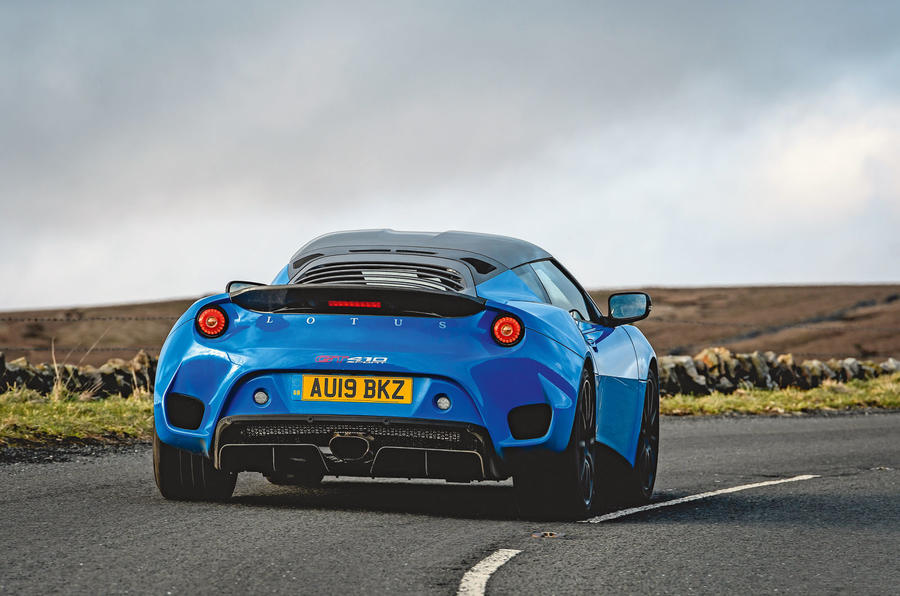
The Evora is no longer the car I remember falling for so deeply a decade ago. In this latest guise, it’s a considerably less rounded, supple, effortlessly poised thing than the car that popped up at our Handling Day test in 2009 and, with only 276 horsepower to its name, duly wiped the floor with an Aston Martin V12 Vantage, Porsche ‘997’ GT3, Lamborghini Murciélago SV and others. The past 10 years have made the Evora less moderate and more single-minded: quite a lot more. But, my word, it can entertain when you get in tune with it. More than an Audi R8 can and, though it’s close, more than a Porsche 911 Carrera 4S can, provided you’re prepared to accept what comes along with the bargain.
The Lotus does a lot that will more likely wind you up and test your patience to begin with, of course, while the Porsche never puts a foot wrong. The Evora’s a much harder car to get into, and to see out of, than the 911 – and it’s much more demanding to interact with. Every gearchange in the Lotus demands a couple of well-timed dips of the clutch pedal, a firm double-barrelled shove of the gearlever and, if it’s a downshift, a prod of accelerator; and you’ll be needing plenty of downshifts, because that V6 isn’t so good at accessible torque.
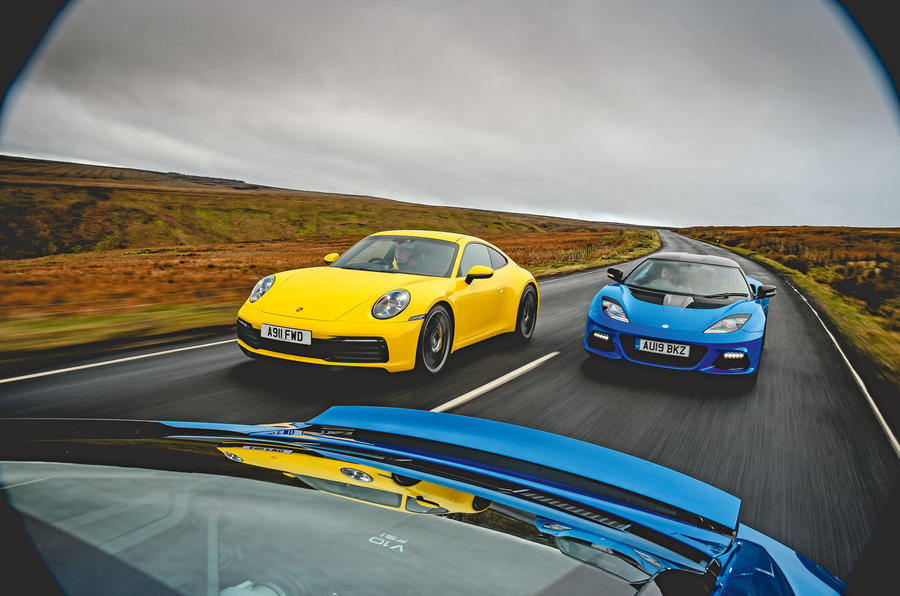
The 911’s eight-speed PDK gearbox couldn’t be more different – shifting near-seamlessly by itself and often quite unnecessarily given the torque the 3.0-litre flat six makes. The flip side of that, however, is that when you execute a perfect downshift in the Lotus and then ring that banshee vibrato V6 out to 7000rpm, you feel – just a little bit – like your name might be Fittipaldi. The 911’s powertrain is responsive, rangey, flexible, free-revving and has plenty of charm, but doesn’t excite in quite the same way.
On outright handling agility and mid-corner poise, there’s nothing between the two cars – the 911’s clever suspension and four-wheel-steering technologies recovering a position that the car’s mass and centre of gravity suggested it might not have. In terms of outright grip level, the Porsche’s Goodyear tyres deliver a significantly more secure hold on damp Tarmac. The Lotus’s Michelin Cup 2s work better on dry roads when you can warm them through: an act that gives the Brit’s driving experience that much more involvement factor all by itself.
But what a spectacular groove the Evora gets into when things go its way – the conditions, the road surface, the traffic level, your belief and confidence level – and what a riot it can be at its best. You get feedback galore through both chassis and steering, and enough lateral grip, handling response and adjustability to make smoother bends both tight and fast an utter delight.
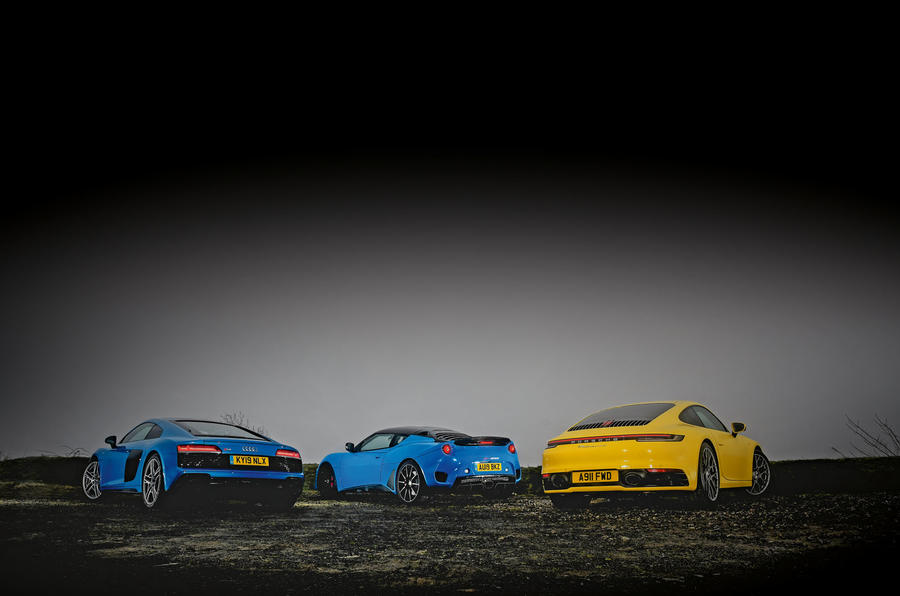
The 992’s best, by a slim but unmissable margin, isn’t quite that intoxicating; but you’ll likely prefer to live with the 911’s dynamic compromise than the Evora’s, I’d wager – and, since there’s clearly more to come from other derivatives of this Porsche in terms of outright driver appeal, you’d definitely say that the Carrera 4S is as full-on and feisty as it ought to be. The Porsche copes so much better with mixed conditions, has the ride dexterity to deal with bumps better and has light years more dynamic range bound up in its chassis.
The incisiveness of the 992’s handling has come on quite a long way even from a like-for-like 991 – and yet that famous old rear-engined handling charisma has been retained. I first drove a 911 at the age of 22 (aren’t I lucky?) – a wonderfully under-dressed ‘996’ Carrera 2 manual – and I loved the way the nose began to bob as the chassis was really setting to work, while the steering’s weight ebbed and flowed perfectly in time with the music to allow you to keep the car online like a reflex action. Over a mid-corner bump, the 992 behaves in exactly the same way – although you need a slightly bigger bump and more speed to set it all going. The old magic’s still there – and it’s wonderful.
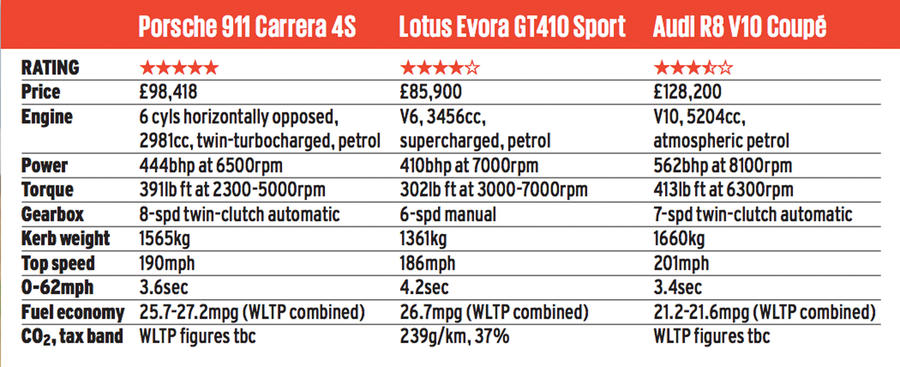
So what have we learned? That the new Porsche 911 is a better driver’s car than what it replaces, and that it fully deserves the warmest recognition, and an even more revered class-leading status than we gave the old one. For me, though, it’s the strides that the car has taken in other ways and directions that really set it apart. The most accomplished, usable and widely impressive sports car in the world has just broadened its hand even further – and is now better than ever.
Buy them used
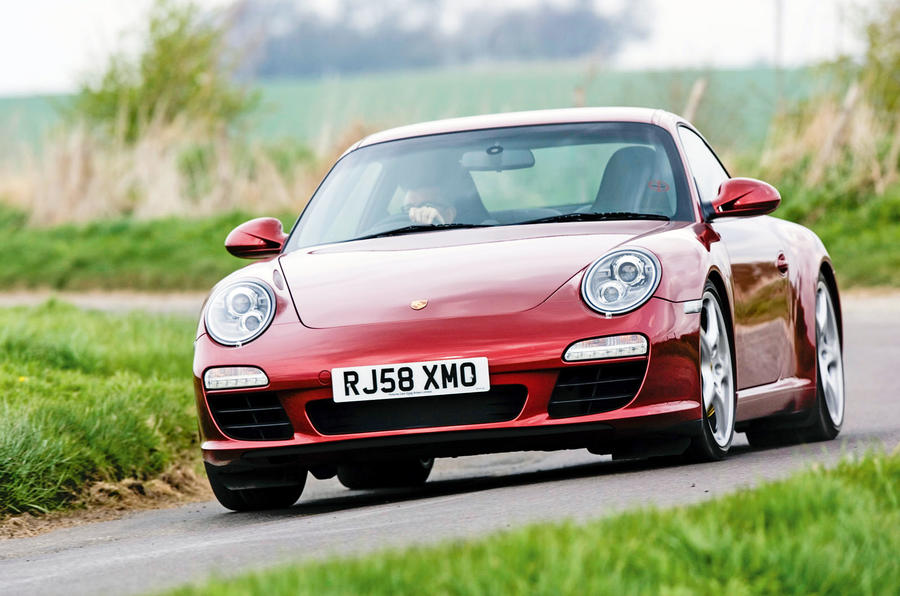
Porsche 911 997: Immensely popular new and still highly sought, the ‘997’ is the sweet spot in the 911’s development. Wonderfully capable and tremendous fun, we’d seek out a post-2009 Gen 2 version, which gained a number of improvements over the earlier cars. The S will cost more but the standard Carrera is still a wonderful thing. Budget a minimum of £20k for a good one.
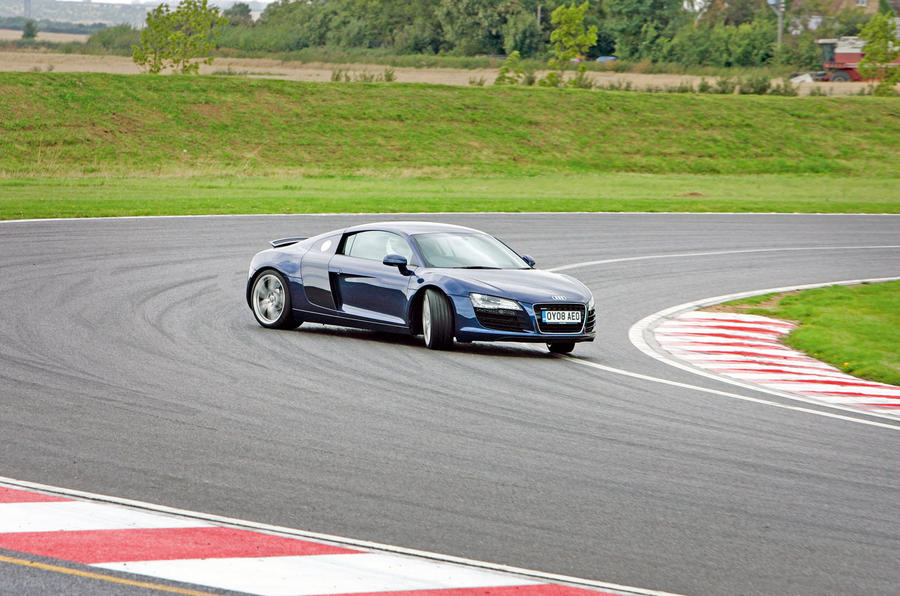
Audi R8 Gen1: The first-gen R8 was a revelation, its storming performance and agility a result of its mid-mounted 415bhp V8, a rear-biased quattro driveline and a low and lightweight aluminium body. Later models upped the power and included the sonorous V10. Stick with an early V8 with the manual gearbox and expect to pay upwards of £34k.
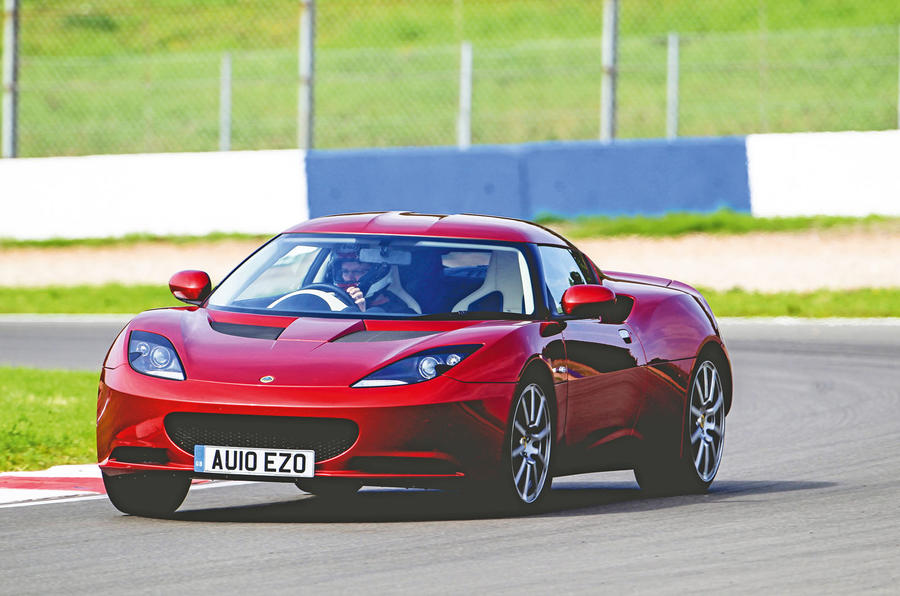
Lotus Evora (2009 – now): Blessed with superb handling and an uncanny ability to brush off the most brusque of bumps, the Lotus Evora is the connoisseur’s choice. Whether you go for an early car, a facelifted 400, a lightweight Sport 410 or the GT430, you’ll have a brilliant B-road hack. Early examples start from £28k, while post-facelift cars with an improved gearbox are closer to £60k.
Read more
Porsche 911 Carrera 4S 2019 UK review
Britain’s Best Driver’s Car 2018: meet the contenders
Audi R8 vs Ducati Panigale: supercar versus superbike
Source: Autocar
